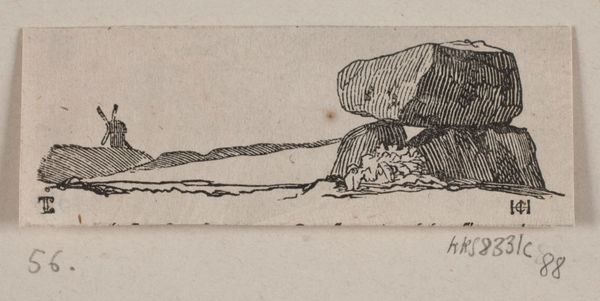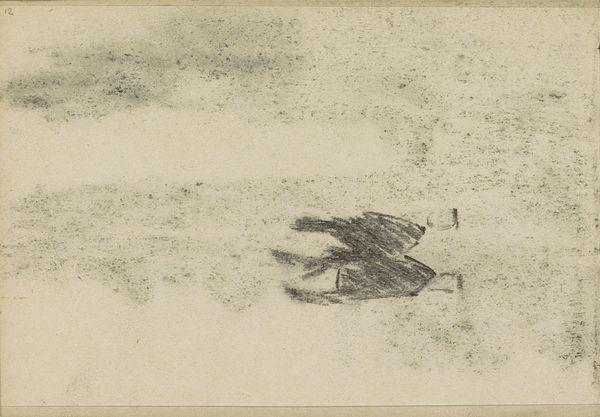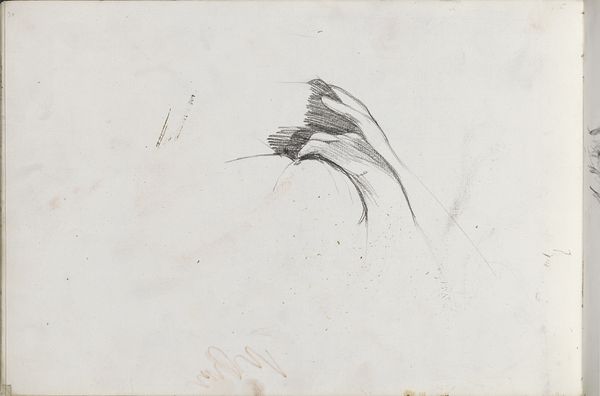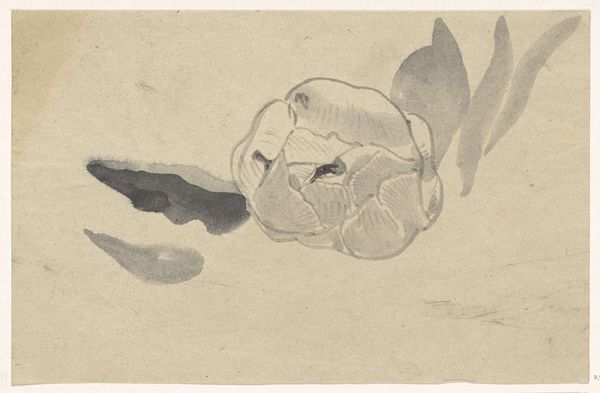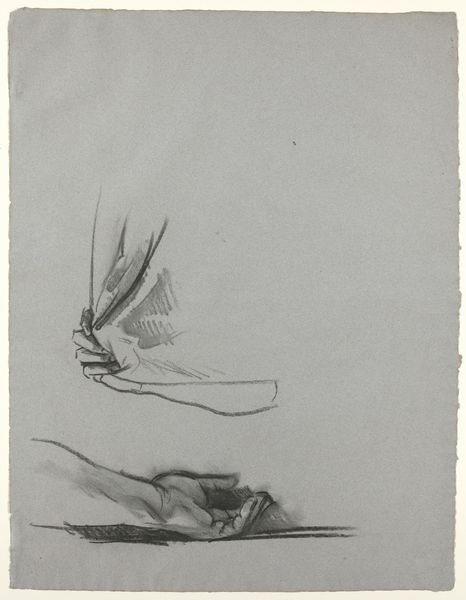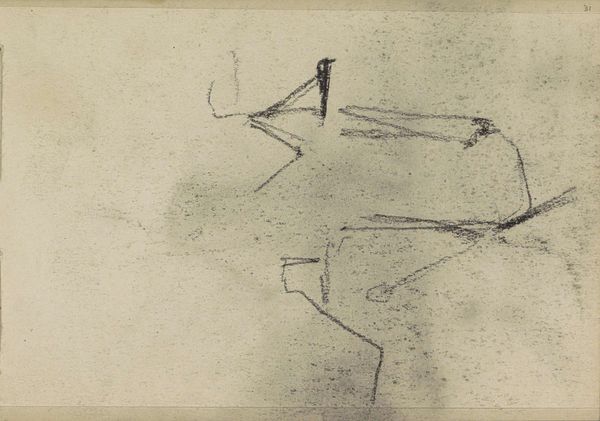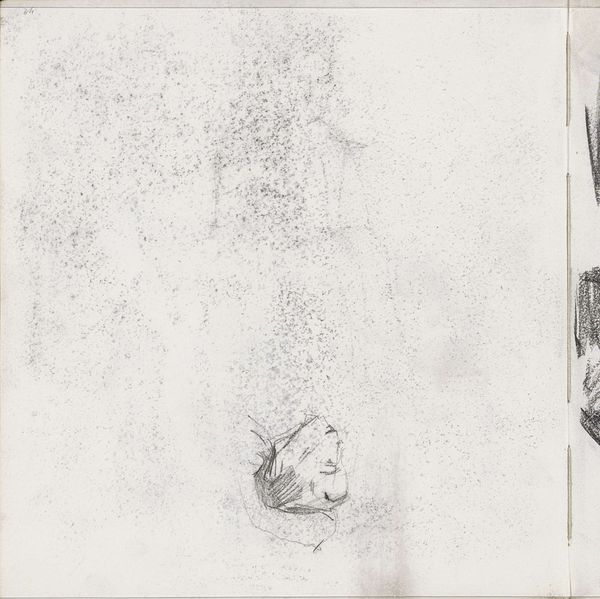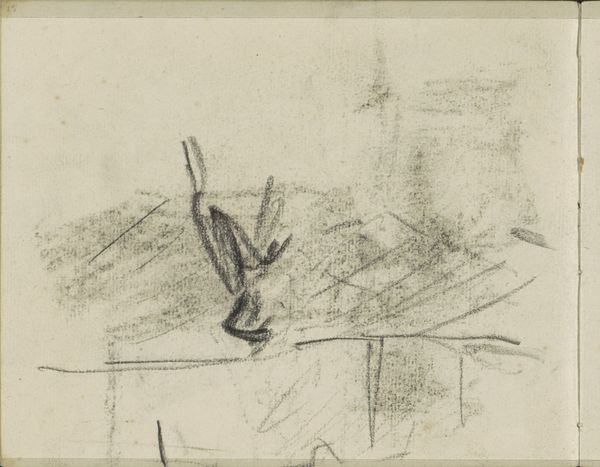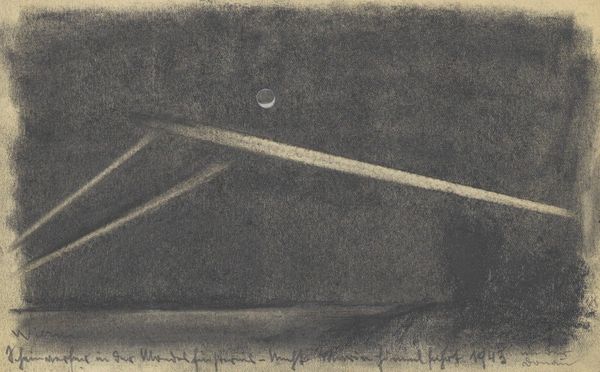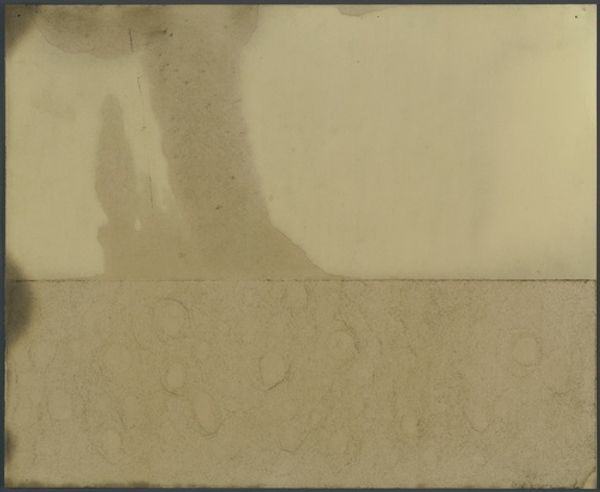
photography, gelatin-silver-print
#
landscape
#
photography
#
gelatin-silver-print
Dimensions: height 93 mm, width 121 mm
Copyright: Rijks Museum: Open Domain
Curator: This gelatin-silver print, taken between 1900 and 1930, is titled "House Sparrow at its Nest in an Air Duct" and was captured by Richard Tepe. There’s an almost austere simplicity in his depiction of this bird making a home in such an unusual space. Editor: My first thought is, "vulnerability". The sparrow's brown feathers blend with the grim concrete around it, suggesting a fragile existence within an uncaring built environment. There’s an echo here of human struggles for safe housing. Curator: Precisely. The air duct becomes a symbolic womb. Tepe is highlighting the endurance of life within rigid structures, offering a gentle critique of modernity. Sparrows often represent resourcefulness and community. Their presence here signifies that life adapts, even in sterile settings. Editor: Yes, but the "air duct" is also central. These urban crevices represent the hidden face of modernization. I see a connection to environmental justice—how marginalized communities and wildlife often bear the brunt of urbanization. Curator: That interpretation resonates, considering Tepe’s interest in the ordinary details often overlooked. He captures not just the physical presence of the bird but also implies its historical presence within an evolving urban ecosystem. Air ducts serve a particular function: circulation. They represent the veins and arteries of the modern built environment that this tiny bird now occupies. Editor: I think you are spot on about the function—perhaps he chose to capture the sparrow making its home inside a symbol of circulation as commentary about the ways modern design unintentionally shuts out elements from nature. While offering other species new places to nest, even though they are never invited. Curator: A strong conclusion. For me, Tepe has created a quietly powerful visual statement on survival, reminding us of the interconnectedness between nature and the increasingly artificial world we create. Editor: For me, this photograph invites us to question the assumptions we make about whose needs get prioritized within urban planning, urging us towards more inclusive and compassionate approaches.
Comments
No comments
Be the first to comment and join the conversation on the ultimate creative platform.



